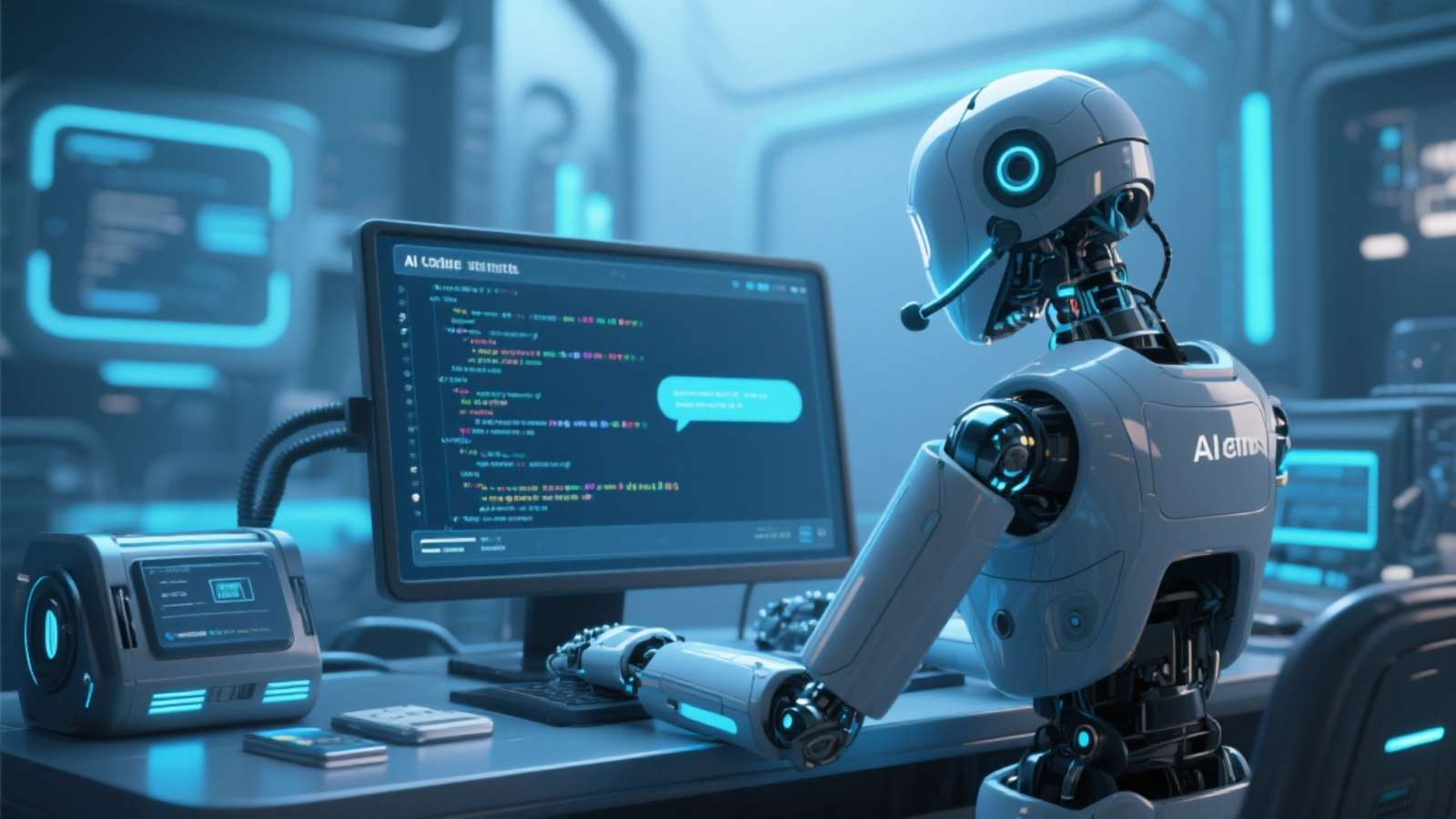When the debate about AI’s impact on work flares up, two names often appear on opposite sides of the argument: Geoff Hinton, who has warned that many professions could vanish, and Andrej Karpathy, who pushes back with a more measured view. Karpathy accepts the classic definition of AGI — a system capable of performing any economically valuable human task at human level — but asks a blunt question: how close are we, in practice, to that benchmark? His answer reframes the conversation away from dramatic replacement scenarios and toward a more nuanced picture of gradual shifts and new coordination challenges.

One of Karpathy’s central points is that not all jobs look the same to automation. Some professions are “systemic”: they require more than narrow pattern recognition or single-task expertise. Radiology is a useful case study. Predictions that radiologists would disappear underestimated the real scope of the role. Yes, image recognition has improved dramatically, and models can spot anomalies with impressive accuracy, but a radiologist’s work is embedded in an unruly clinical ecosystem. It involves uncertainty, integration of patient history, communication with referring doctors, handling ambiguous findings, and making judgment calls in rare edge cases. Those elements are not easily reduced to tidy input–output pairs, and therefore resist full automation for now.
Contrast that with call centers. Karpathy — and many others who study automation risk — sees call centers as a prototypical target for early disruption. Their tasks are highly structured: answer a call, follow a prescribed decision tree, update records, and escalate according to clear rules. That structure, combined with digital workflows and high repetition, makes them ideal for automation. Chatbots and voice agents can already resolve a substantial fraction of routine support requests; as natural language models and dialog management systems improve, the fraction will grow.
Karpathy’s framing is useful because it replaces binary thinking with a “human–machine collaboration slider.” Rather than flipping a switch from human to machine, organizations will gradually adjust the degree of autonomy they grant AI systems. In this model, AI takes on the bulk of standardized work — perhaps 70–90 percent — while humans retain responsibility for the remainder: the ambiguous, ethical, context-rich, or high‑stakes decisions. Practically, that means AI systems will handle the heavy lifting and surface the edge cases for human review. Over time, the share of tasks handled autonomously may rise, but the transition is incremental and mediated by governance, verification, and user trust.
This sliding scale also changes organizational roles. Karpathy sketches scenarios where a single human supervises multiple AI teams, much as a manager today oversees several human teams. Supervisory roles will require expertise in interpreting model outputs, designing escalation rules, spotting systematic errors, and handling failures gracefully. These meta‑skills — oversight, orchestration, and verification — become as economically valuable as domain knowledge itself.
Another important dimension Karpathy stresses is the emergence of companies that build the intermediary layer between imperfect AI and human users. Success in the AI era won’t belong solely to the firms that train the largest models; it will also go to those that create practical interfaces, monitoring tools, safety validators, and service layers that help organizations deploy models reliably. These firms focus on making AI usable in real workflows: blending model suggestions with human judgment, offering transparent confidence measures, and providing quick rollback or escalation mechanisms when models falter.
What does this mean for workers and policymaking? First, the choice of which skills to develop matters. Technical literacy remains crucial, but so do supervisory capabilities: learning how to work with models, verify outputs, and manage model behaviour. Communication, systems thinking, and the ability to synthesize across noisy inputs will be valuable. Second, businesses should redesign jobs with hybrid workflows in mind, shifting workers away from rote tasks toward roles focused on exception handling, relationship management, and judgment. Third, regulators and standard bodies must prioritize rules for safe deployment: audit trails, accountability, and minimum performance thresholds for systems that impact health, safety, or legal rights.
Karpathy’s view does not deny disruption; it reframes it. The more likely near‑term outcome is not wholesale elimination of entire professions but a rebalancing of tasks across humans and machines. Some roles will shrink, others will expand, and many will be transformed. The core policy and business challenge is to manage that transformation so it produces broadly shared benefits rather than concentrated dislocation.
In short, the timeline to universal AGI remains uncertain, but the automation slider is already moving. The sensible response is neither complacency nor panic, but preparation: invest in oversight skills, build service layers that manage AI’s imperfections, and design institutions that help workers adapt as their jobs become more collaborative with increasingly capable machines.















暂无评论内容